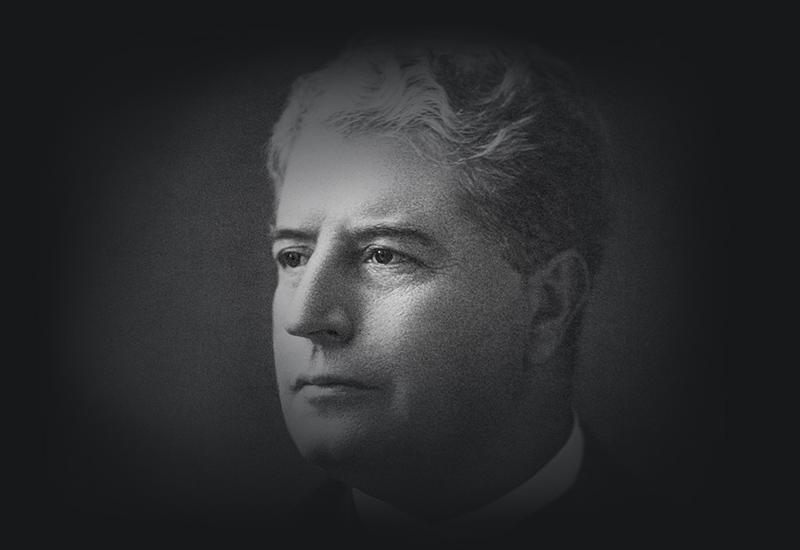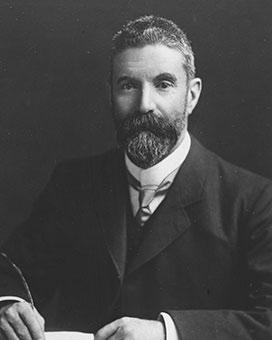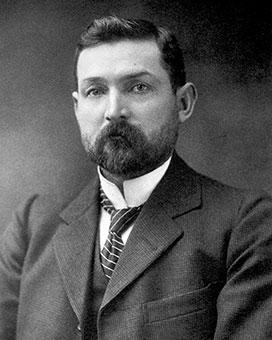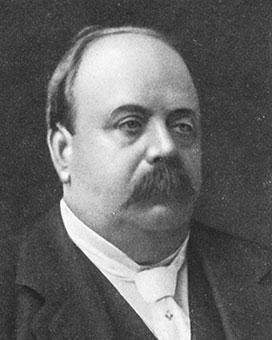On this page
1900 to 1909
1 Jan 1901: 1st Prime Minister and 1st Governor-General
Lord Hopetoun became the 1st governor-general and Edmund Barton the 1st prime minister. Both were sworn in at the ceremony inaugurating the Commonwealth of Australia.
29 Mar 1901: 1st federal election
Voters elected 75 members to the House of Representatives. Voters in the 6 states elected 36 representatives to the 1st Senate. This was the only federal election to take place on 2 days, 29 and 30 March. Barton was elected as the Member of Parliament for the seat of Hunter (NSW).
9 May 1901: 1st Parliament House
The grand opening of Federal Parliament occurred in Melbourne's Exhibition Building. That afternoon, Parliament sat for the 1st time at Melbourne's Parliament House. Parliament would continue to use this building until 1927.
3 Sep 1901: An Australian flag chosen
A huge flag showing the winning design of Union Jack and Southern Cross on a blue background was unfurled over the Exhibition Building, Melbourne. The same design on a red background was used for merchant ships. It was many years before the blue flag officially replaced the British Union Jack for all other uses.
23 Dec 1901: Dictating a 'White Australia'
The enactment of the Immigration Restriction Act meant a dictation test became an effective way of excluding people from Australia. It enabled the government to create a predominantly European population. The 'White Australia' policy was finally dismantled in 1966 by the Holt government.
31 May 1902: Second South African (Boer) War ends
From 1899, when the war in South Africa broke out, troops from the Australian colonies had been sent to fight for Britain against the Afrikaners (former Netherlander colonists). Despite the passionate arguments of Leader of the Opposition, George Reid, parliament agreed to send Commonwealth troops. They arrived shortly before the surrender of the Boer army.
9 Aug 1902: Coronation of King Edward VII and Queen Alexandra
When Queen Victoria died on 22 January 1901, her son Edward acceded to the throne. Barton led the Australian representation at the coronation in Westminster Abbey the following year.
3 Nov 1902: The Empire cable
Postmaster-General James Drake opened the submarine telegraph cable from Vancouver, Canada, to Southport, Queensland. This completed an all-British link 30 years after a London-to-Darwin cable was connected to South Australia's overland telegraph line. The telegraph cable circling the globe enabled information to be sent by Morse code in 'dot-dash' electrical signals.
9 Jan 1903: 2nd Governor-General
Lord Tennyson, a former South Australian governor, was confirmed as Australia's 2nd governor-general. He had been acting since 17 July 1902 when Lord Hopetoun left Australia. Tennyson remained in office until 21 January 1904.
24 Sep 1903: Resignation
Barton made his last speech in the House was on 23 September 1903. The next day he informed Cabinet that he and Richard O'Connor would accept appointment to the new High Court. That afternoon, Barton tendered his resignation to the Governor-General.
5 Oct 1903: Justice of the High Court
Barton was appointed as one of the founding justices of the High Court of Australia.
1920 to 1929
7 Jan 1920: Death
On 7 January 1920, while holidaying at the Hydro Majestic Hotel at Medlow Bath in the Blue Mountains, Barton died, aged 71.





